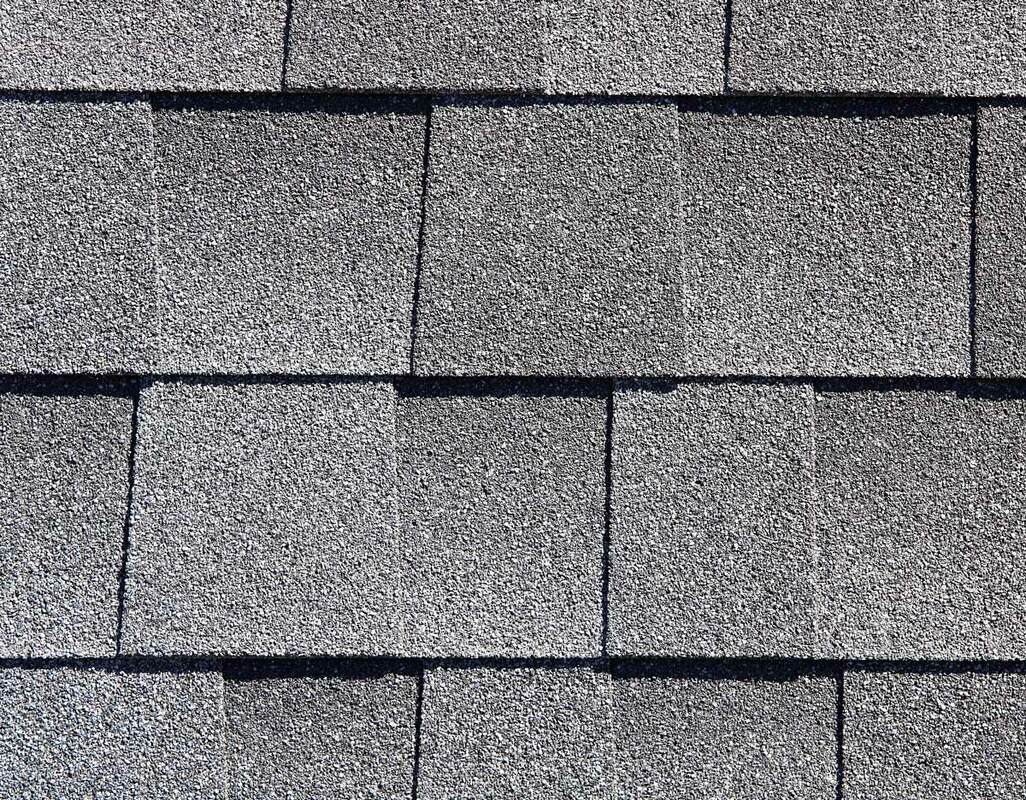How Are Modern Asphalt Shingles Made?

Due to improvements in the base materials and manufacturing process over the years, asphalt shingles are now highly fire resistant, wind resistant, and tough and durable even in difficult weather regions like Florida.The base mat of your standard three-tab shingles is usually an organic cellulose material OR inorganic glass fibers. Some form of asphalt is liquified and then poured onto the base to saturate it. On top of that, small mineral granules with a ceramic coating are thrown while the asphalt is still hot so they will stick to it when it dries.The granules are important because they increase fire resistance, help deflect UV light that could compromise shingle integrity, add color and style, and (when they start to fall off) act as an indicator of when it’s time to get new roofing. The asphalt itself may have various additives, which may be proprietary secrets of the manufacturer, that boost its strength, durability, and overall performance.But the biggest difference, aside from stylistic features, among competing shingles types is which grade of asphalt they use. It can be saturant grade, coating grade, or mopping grade asphalt – and the grade plus the exact formula and coating process can make or break shingle quality.The Shingle Manufacturing Process
The first step in making an asphalt shingle is to create the inner layer or “mat,” usually of organically sourced cellulose, in the desired shape and size. A super heated asphalt-based mixture (sometimes with crushed limestone mixed in) is then applied to these mats via a high-tech, high-speed shingle-making machine.
The shingles will actually be made in extra large sheets and later machine-cut to exact size. Both sides of the shingle are coated simultaneously by most machinery, and some brands apply multiple layers of asphalt. At this point, it’s time to add the granules.
Tiny pebbles, sometimes blended in with fiberglass/asphalt particles and glazed over with a colored ceramic coating are used for the granular surface. These granules must be added to the top of the shingle only at just the right moment, and then, the shingle sheets are rapidly cooled and cured. Finally, the cutter slices and shapes each individual piece, with excess cut-offs being cast aside (and possibly reused).
Because modern asphalt in shingles is self-sealing, it offers very high leak resistance. Water cannot damage or penetrate the surface, and when shingles are laid down correctly, moisture will have a very difficult time getting through even in small amounts and in extreme weather conditions.
To learn more about what makes asphalt shingles perform as well as they do or to discuss principles for shingle selection on your upcoming roofing project, feel free to contact Sheegog Contracting!


